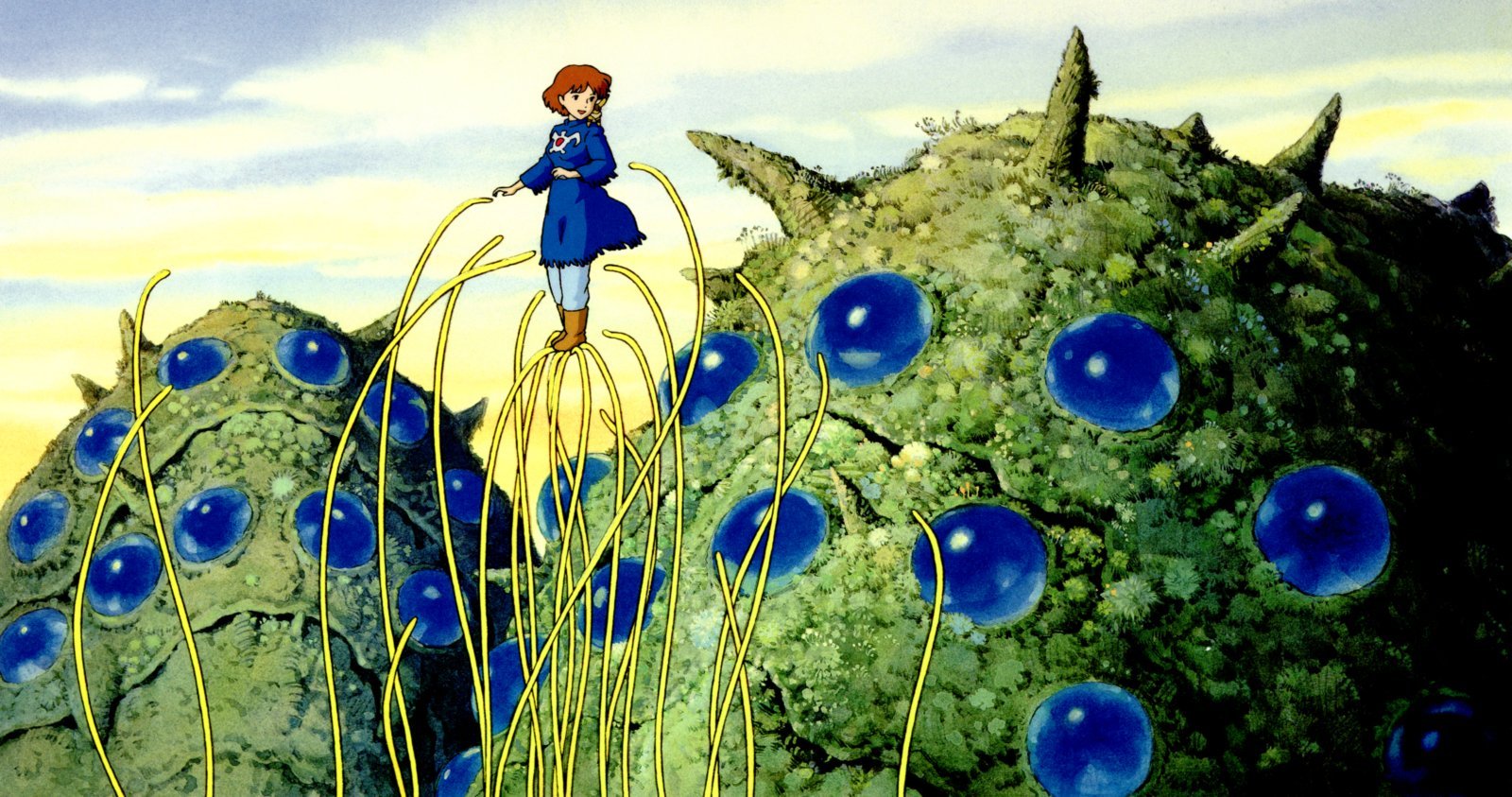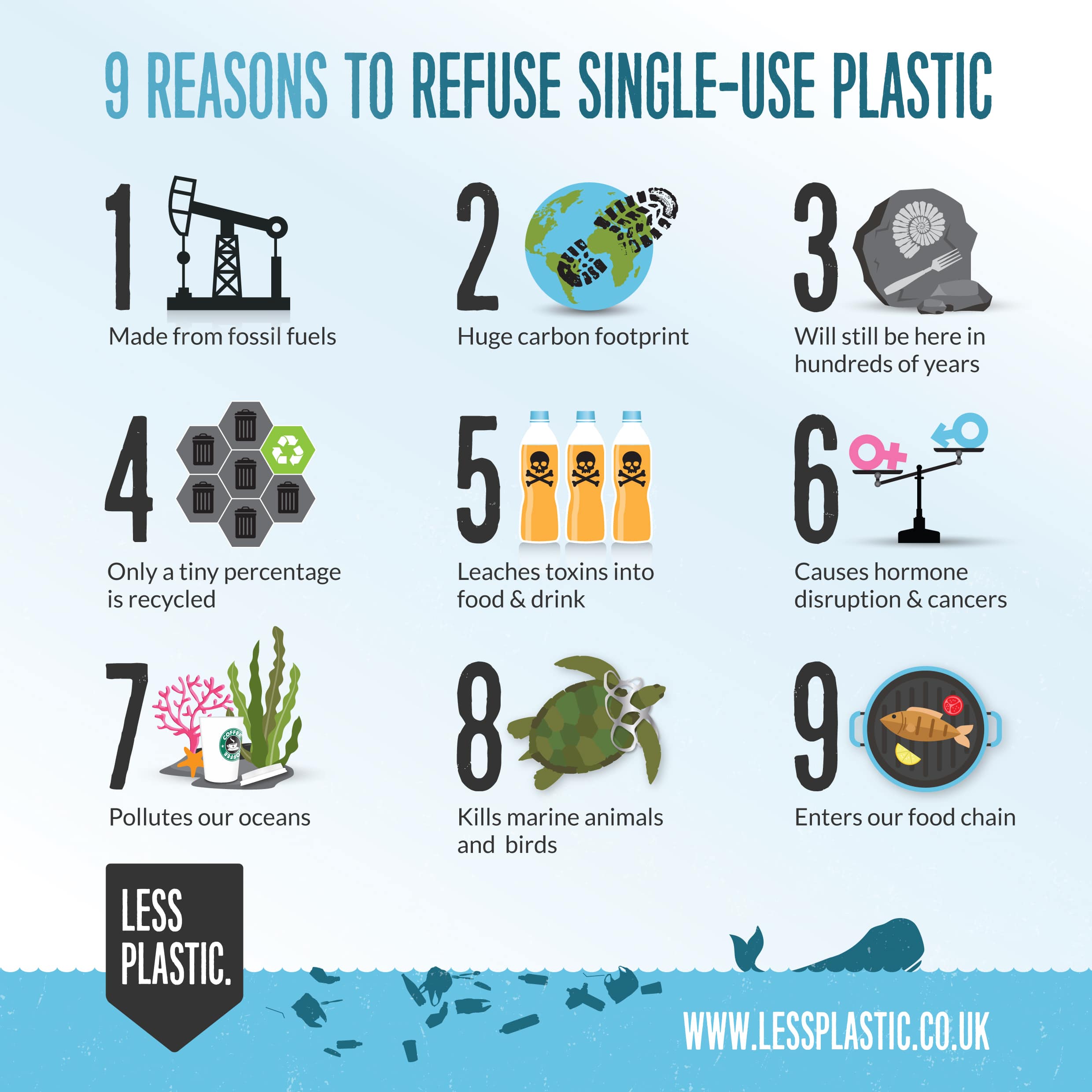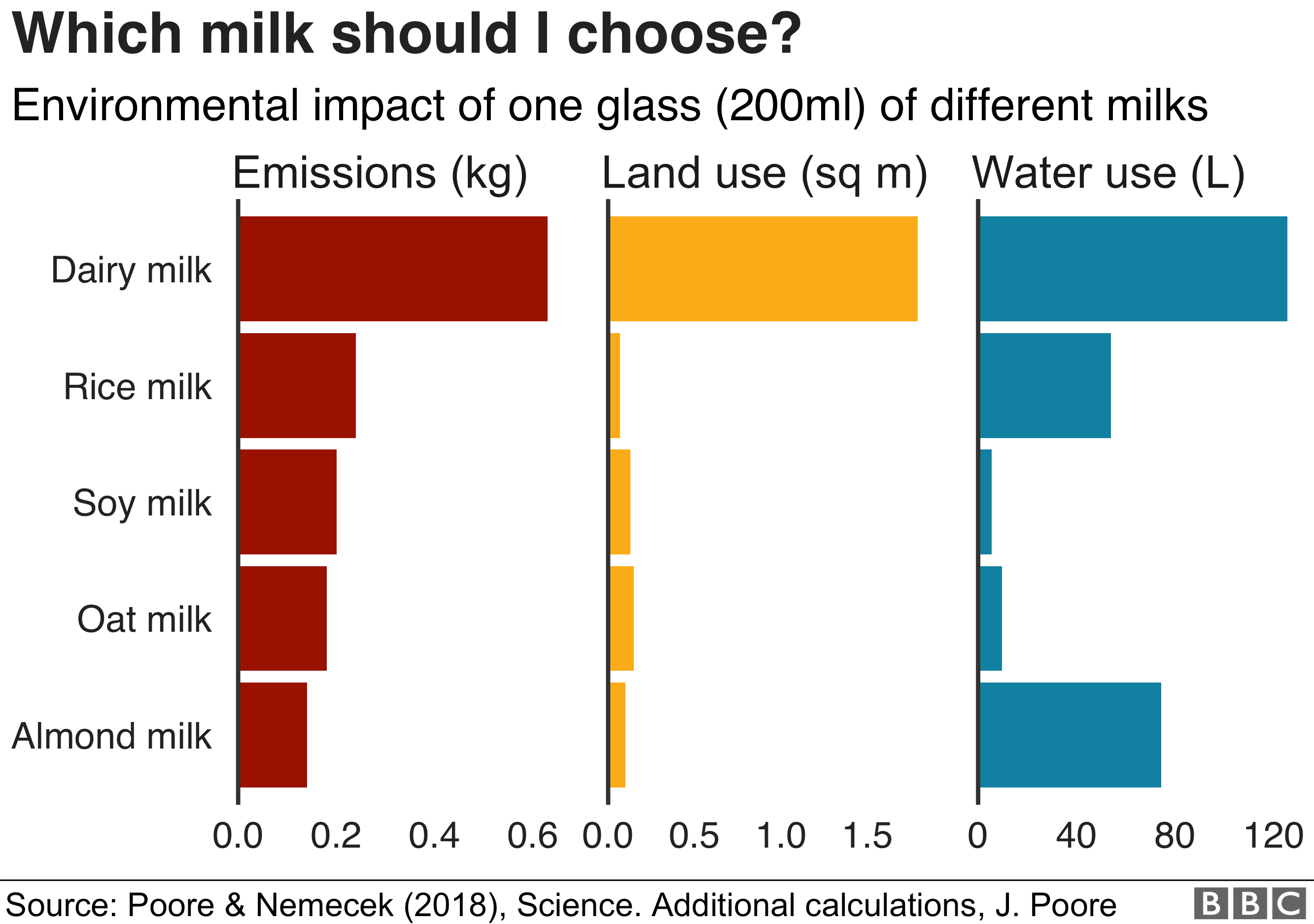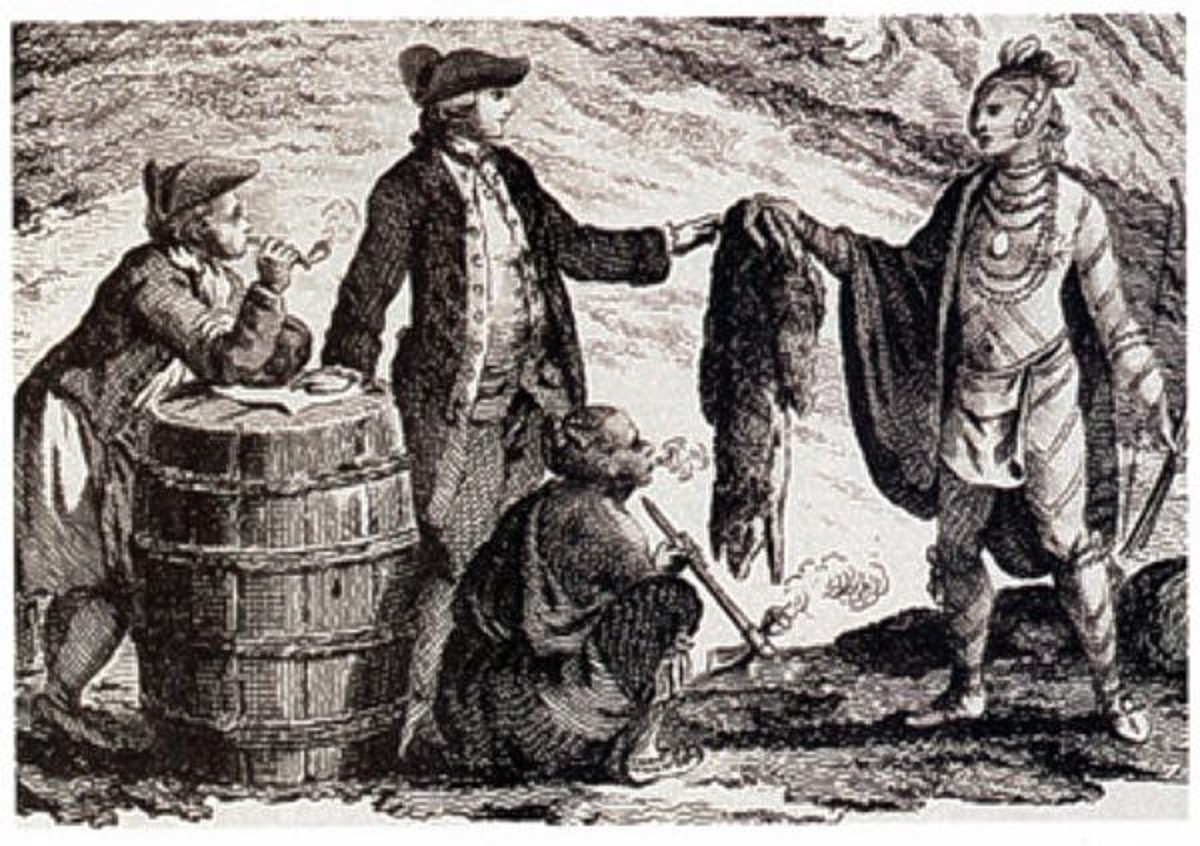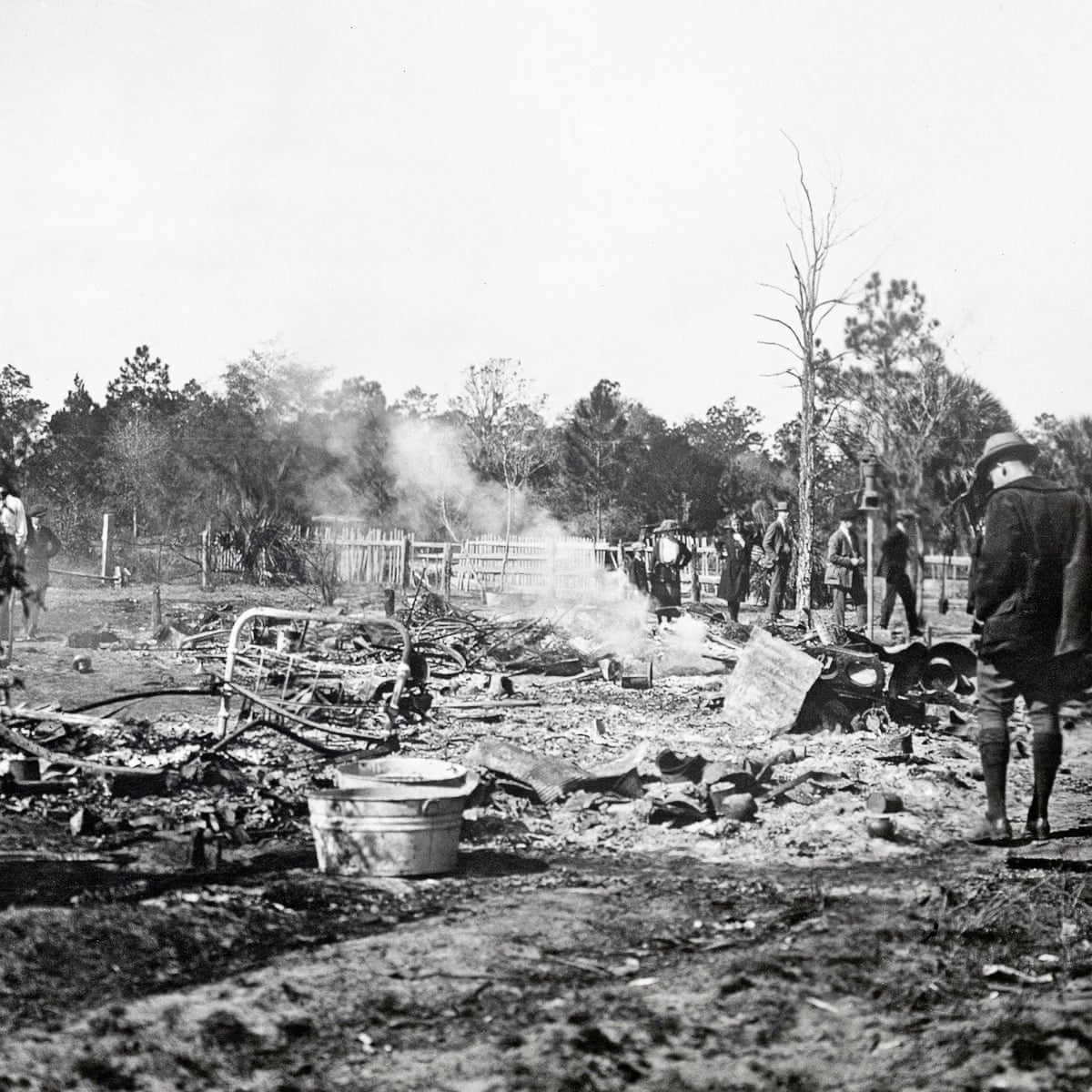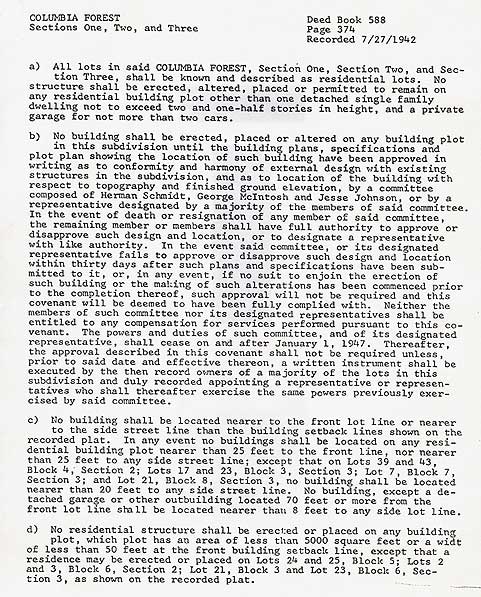The first scene in the movie takes place 1000 years in the future and depicts a wasteland with no inhabitants. There are puffs of a pink smoke which, given the setting, can be inferred to be pollution. After finding no sign of life, the men of the Valley who are searching the far-gone town come to the conclusion that the inhabitants must have been consumed by the Toxic Jungle – a place that is thought to threaten the human race. As evident from its name, the Toxic Jungle, is portrayed as dangerous, ugly, and untouched by civilization. Purdue Owl describes different ways wilderness is often represented: “Old World wilderness displays wilderness as a place beyond the borders of civilization, wherein wilderness is treated as a ‘threat’ … New World wilderness … applies the pastoral trope of the ‘retreat’ to wilderness itself, seeing wilderness not as a place to fear, but as a place to find sanctuary.”
In the following scene, Nausicaa (the princess of the Valley of the Wind) is shown exploring the Toxic Jungle while wearing a mask and riding upon a glider. She goes around the jungle collecting plant samples and stumbles upon an Ohmu (large insect) shell, which she thinks could be used as material for tools.

In An Ecocritical Reading of Miyazaki’s ‘Nausicaa: Territory, Toxicity, and Animals,’ the author, Phacharawan Boonpromkul, looks more at New World wilderness: “…considering Richard Kerridge’s (2006) observation about wilderness that ‘wild places provide solace for exiles, release for repressed and outlawed feelings, and space for adventurous forays beyond restrictions of law and domesticity’ (p.532) … “
“Nausicaa not only rambles and collects live specimens for her scientific experiment there but also seeks spiritual sanctuary and redemption from this space.”
Later, she hears a commotion in the distance and heads toward it. An angry Ohmu is chasing a man from the Valley. She approaches the Ohmu and pacifies it by speaking to it in a calm and charming manner. Soon after that, she meets a squirrel-fox, Teto, who is initially afraid and angry. Again, she presents herself as non-threatening and peaceful to calm him down. Teto, who had dug his teeth in her hand, eases off and begins to lick the bite mark. At this point, it is clear that Nausicaa has a profound way with animals.

This characteristic of hers, to bond closely with animals and the Earth, reveal themes of ecofeminism. Purdue Owl describes ecofeminism as having two camps – one of which (sometimes referred to as radical ecofeminism) “embraces the idea that women are inherently closer to nature – biologically, spiritually, and emotionally.” Unlike anyone else in the Valley, Nausicaa has the ability to charm angered animals (to a certain extent) and has a deep sympathy/appreciation for animals and even the Toxic Jungle. At one point, a memory is revived where she is young and is caught hiding a baby Ohmu from her elders. As they take it away, she sobs, pleading with them not to kill it. Along with numerous other times, she is shown as being emotional to counter violence.
Later, after falling beneath the Toxic Jungle, she discovers its self-cleansing abilities that produce clean air and water for humankind to survive. Boonpromkul touches on the revelation Nausicaa experiences at this moment: “She later lies down on a circle of fine sand and sheds tears of happiness among magnificent tree trunks that constitute the loft subterranean hall. “
It’s deduced that the insects are merely there to protect nature from the threat of humans who are responsible for all the pollution. In the end, Nausicaa’s bond with the animals saves the Valley of the Wind and the rest of the kingdoms. In return, the Ohmus heal her using their antennas. The story ends with the Ohmu returning to the Toxic Jungle and the people of Valley working on restoring their burnt down forest.
